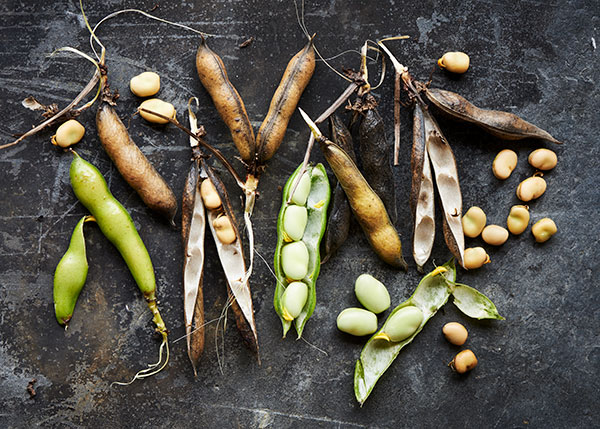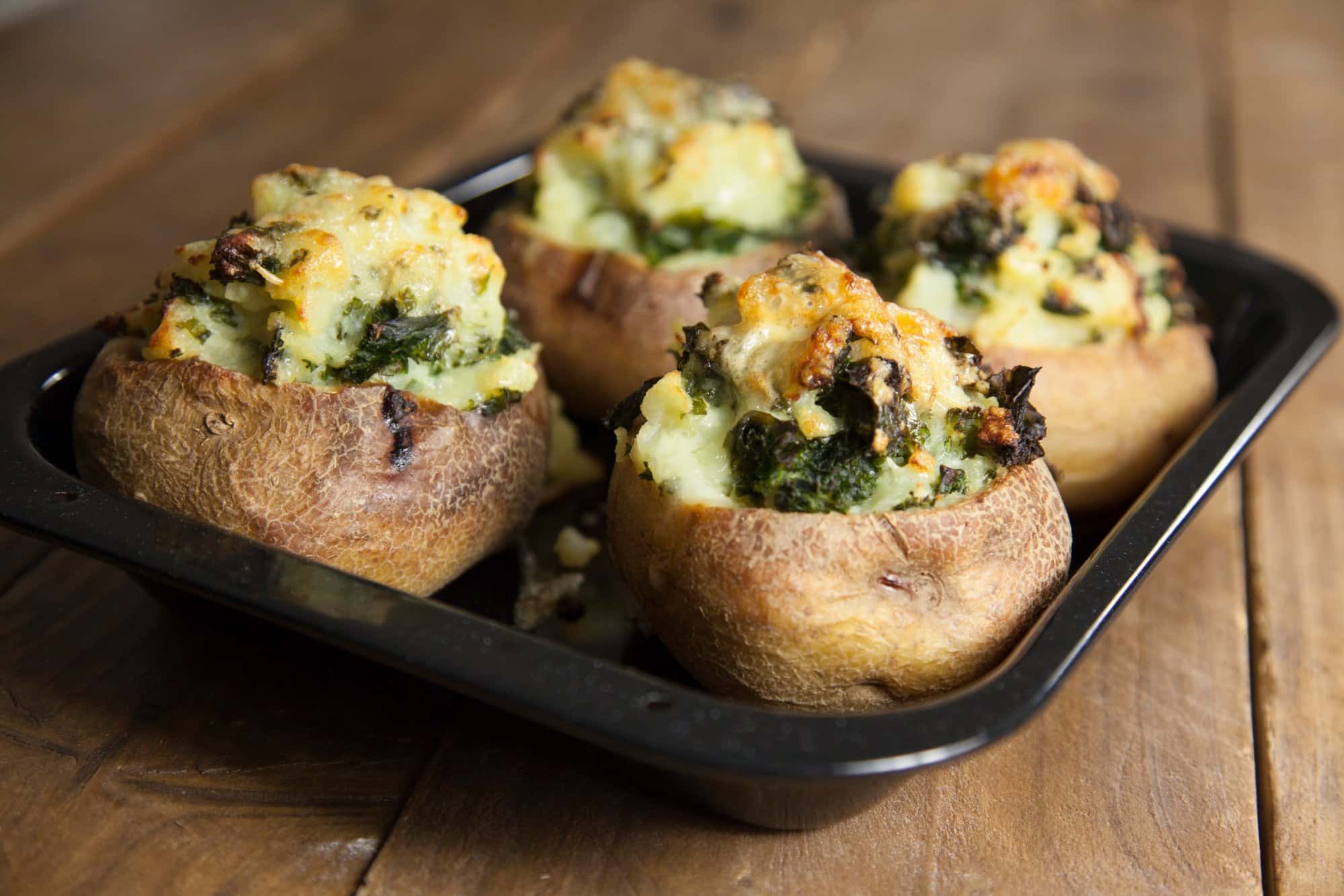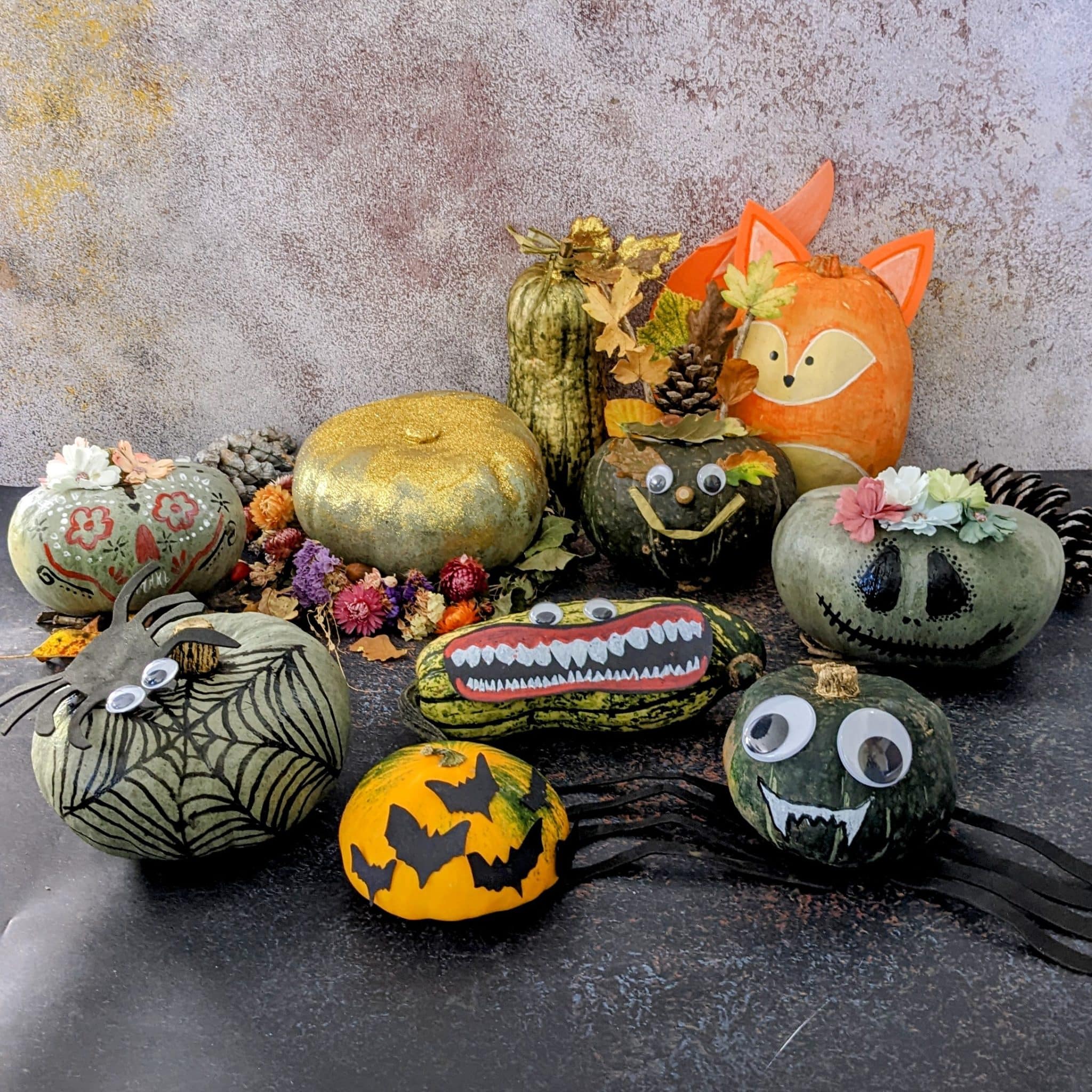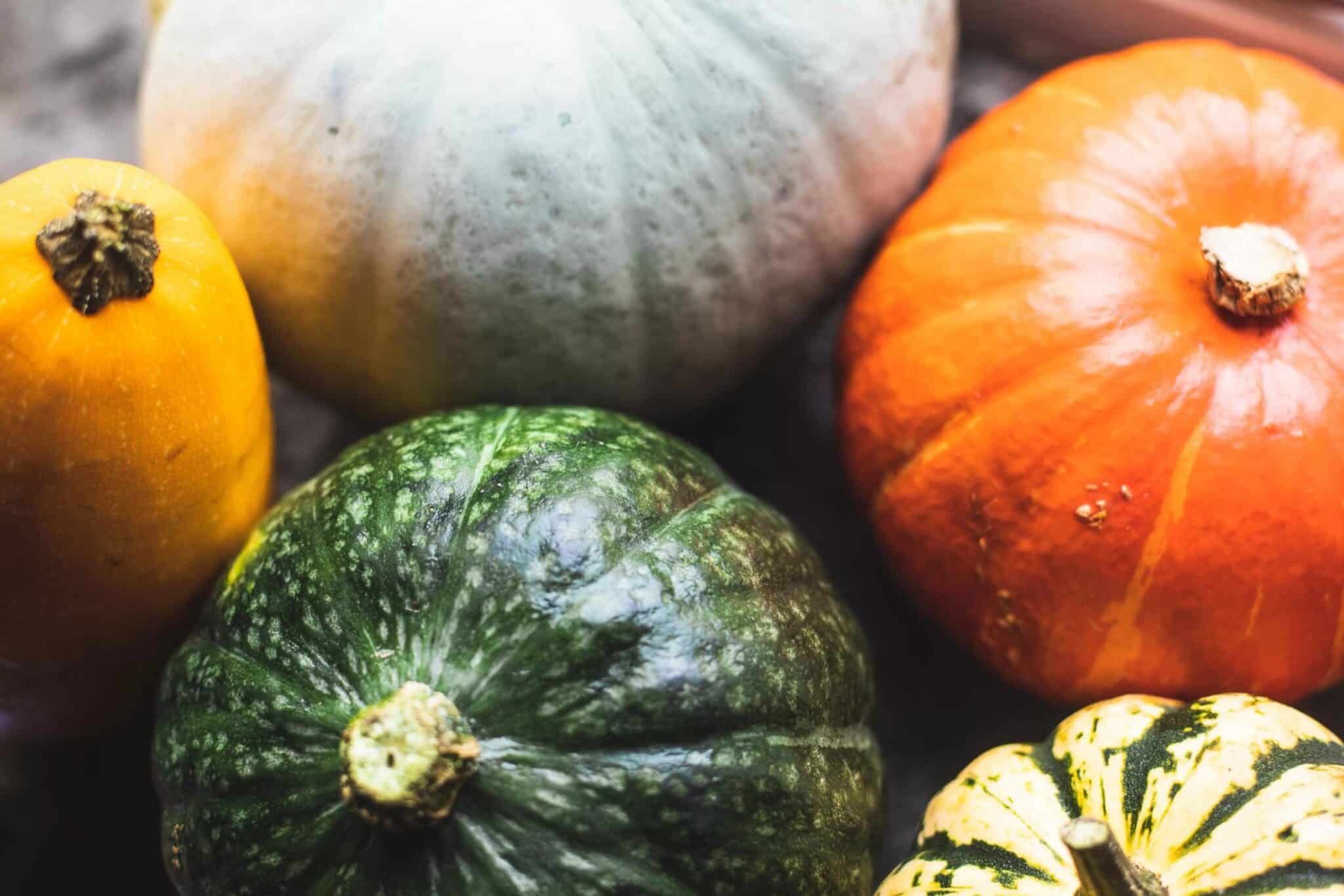With global food production affected by war and climate change, and the devastating effects of industrial agriculture globally, now is the time to discover new locally grown sustainable crops.
Finding and learning to use those key homegrown elements could be the gateway to not just a healthier environment, but exciting new recipes we can enjoy as part of a more diverse diet.
We sought advice from two experts, grower Josiah Meldrum of Hodmedod’s and Riverford chef Bob Andrew, for their tips on easy ways to incorporate them into our cooking:
Hodmedod’s supplies the only commercially-grown lentils in the UK. Based in north Suffolk, they pioneered the production of UK beans, peas, and lentils as well as some of the first British-grown quinoa and chia seeds.
They are also known for ‘rediscovering’ crops like fava beans, first grown by Neolithic farmers 5,000 years ago, and Carlin peas, one of Britain’s best-kept secrets.
Their lentils are a great example of how we can grow a high-quality protein rich food staple here as part of small-scale, diverse farming system – although work is still underway to research the best conditions and growing techniques. Legumes are nitrogen fixing, improving soil health naturally, without the need for synthetic fertilisers.
These diverse, delicious legumes and pulses can add so much to our plate, and provide sustainable swaps for a more climate-friendly diet.
Fava beans instead of avocado
A great sustainable avocado alternative, mashed and on toast for brunch. According to Meldrum, they also make great falafels instead of chickpeas. “This is a traditional way to make them in Egypt. No need to pre-cook then, just soak the favas, grind them with herbs and seasoning to a coarse blend then cook – it is an international falafel competition winning recipe,” he says.
Naked oats over rice
Whole grain rather than rolled oats are a new trend predicted to be a great UK-grown alternative to rice. “Rice is very water thirsty, and methane is released from paddy fields,” explains Meldrum.
Green pea flour instead of wheat
A favourite in terms of versatility that makes a great batter for savoury pancakes, or bhajis. Try making fritters with foraged greens such as wild garlic, served with home ferments, wild garlic fritters, or use it in a bechamel sauce for a green mac’n’cheese, High in protein, you can also include it in other recipes to fortify them including in a bread mix.
Swap chickpeas for Carlin peas
A really simple swap, just use them in any recipe where you’d use a chickpea, or try an easy recipe box to give you a helping hand. “They have a chestnutty flavour, like a cross between chickpeas and puy lentils, which pairs well with sorrel and bacon,” says Meldrum. “Great for making hummus, or in parched peas, a traditional food in the north of England.”

Many are put off by not knowing quite how to cook pulses, which ones will need soaking, and how to make the best of them. Whereas in many European countries, beans and legumes are used widely and embraced in popular cuisine.
“Across the Mediterranean, they really treasure pulses, using them in a similar way to mash, as both the carb and protein element of a veg-based dish,” says chef Bob Andrew. “They add bulk and protein to a main course, and something like moong dal adds an almost creamy texture – great for vegan dishes. In the UK we do have a sneaky fondness for haricot beans though, in the form of tinned baked beans.”
Bean basics:
Best for beginners
No–soak varieties such as lentils (red, green, brown or Puy), yellow split peas (moong dal), and split green peas are great options.
Soaking beans
For beans that need soaking, such as chickpeas, white beans or kidney beans, just remember to soak overnight, and then always cook in fresh water. Using a packet from the back of your store cupboard? The age of the bean itself means the cooking time is affected – older beans take longer.

Cooking
Make sure you have plenty of liquid in the pan to cook them through. Beans are better overcooked than undercooked, otherwise they’ll give you a stomach-ache! Adding to a stew or tomato-based sauce? Cook them in water first, then add to the recipe – unless you have plenty of time to either cook the dish very slowly or can speed things up with a pressure cooker.
Add in flavour
You can season the cooking water with salt. The best way to add flavour is to add aromatics into the water, including garlic, bay, thyme, salt or lemon zest, during cooking.
Store cooked beans and pulses properly
Beans are high protein foods, so make sure they are cooled, stored and refrigerated properly; don’t leave leftovers on the kitchen counter to go warm.















Great stuff, very helpful, must go back and read again.
We became vegetarian nearly 40 years ago and my go to book was Rose Elliott The Bean book, the best for easy recipes using all beans. Still using it today for basics
What are your fav recipes? Always in the market for a bean recipe.
One of my staples is a raw bean salad with vinaigrette, parsely and shallots. SO simple but SO tasty.
Just wondering if it is worth growing flava etc on an allotment would I get enough for a meal or two ?
What about the humble field bean? About 40 years ago I was into beans and begged from a farmer a small bag of field beans which he was growing for animal fodder. Creativity ruled and I found them very useful providing I used suitable flavouring elements. Smashed, they make a nice spread too. Add them smashed to a mashed potato pie topping. I grew and used Carlin peas too.
I am pleased to see native grown peas and beans being mentioned as an alternative to imported beans. I have never been a fan of importing protein from countries which could use the products themselves. This country once imported peanuts from a country in Africa (forget which), as animal feed, and in return sold milk protein powder to them. Crackers in my opinion. They could have eaten the peanuts themselves.
It seems nuts because we grow a fair amount of field beans in this country, but it all seems to go to North Africa where they eat it as a substitute for chickpeas (and it’s often is used for animal feed when soya gets too expensive).
If we grow it, how can we incorporate it into our diets or get farmers to grow beans that we will eat. Even the famous ‘baked bean’ (haricot) mostly comes from North America. Seems there’s a real missed opportunity to align locally produced, sustainable crops with the consumption of a local, healthy food, that can help reduce our meat consumption.
Time perhaps for some entrepreneur to take on the task of experimenting with field beans to find a comprehensive portfolio of what use we can make of field beans on a larger scale than the domestic kitchen. I can’t see the average housewife making baked field beans in tomato sauce when she can just open a tin.
It would also take a lot of publicity to get any field bean product into the domestic kitchen – perhaps via a celeb. chef? If they can be used as a chick pea substitute, why aren’t they canned like chick peas and used in their stead?
Anyone for a novel Ph.D in bean technology and use? I’ve heard of less useful topics being used as Ph.D. material!
So field beans aka dried fava beans can be found tinned at Hodmedods, although yes they are more expensive than your average pack of baked beans.
I don’t know what they need to scale up/hit the mainstream. I wonder if we could look to the rise of the chickpea in recent years as inspiration. I think chefs and fun recipes could have a big impact; thomasina miers, founder of Wahaca has been using homegrown fava beans as a substitute for avocado for her Wahacamolé. Sounds pretty good.
I always used to consider fava beans as synonymous for the broad beans grown in allotments etc for consumption ‘green’. Possibly because an American friend identified them as such when he saw broad beans growing. Field beans are obviously a different cultivar. ( I presume)
So looking at hodmedods’ website, fava beans are fields beans. Like you suggest, fava/field beans are the same species as broad beans but are different varieties. The fava/field tend to be smaller compared to the (as the name hints), broad bean and they’re harvested later so they can be dried.
Hodmedods have got a great little piece on it, tracing its use throughout history!
https://hodmedods.co.uk/blogs/news/what-are-fava-beans-are-they-just-broad-beans#:~:text=They're%20the%20same%20species,(hence%20the%20name)%20seeds.
Thanks for that – will look at the site you suggest.
Of all dried beans and peas I know about, and I’ve grown many varieties in 45 years of gardening, fava /field beans and Carlin peas are the least palatable. Soaked for 24 hours, then drained and rinsed twice a day for three days then pressure cooked for 20 minutes, the bean skins were still tough and their contents not particularly flavoursome, and the peas were like musket balls, not that I’ve ever eaten…. For (relative) tenderness and certainly flavour, go for broad beans (I’ve always grown Green Longpod) and any wrinkled pea variety. Look out for rats; I think they were responsible for disappearance of all the big pods of broad beans I was leaving for seed. They also took all the apples from one dwarf tree. Very clean job – no chewed bits or other evidence. No such thefts before in over four decades of gardening. Is this another consequence of global heating. The rats are adapting fast – are we?
On Hodmedod’s web site there are pictures of 11 colourful and no doubt more tender and tasty (than field) beans but all are out of stock. Why don’t farmers grow more haricot type beans. Perhaps they are too difficult to harvest, because the pods are closer to the ground than field beans.
If you have an allotment and you see neighbours leaving dried pods of runner beans to go to waste, tell them they’re good to eat, but if they don’t want them, you do. Last year I acquired (legitimately) over 4kg of dried runner beans this way. Delicious!
I too started out with Rose Elliott’s “The Bean Book” while at university about 40 years ago. The same copy is still in use in my kitchen, though I have a wonderful array of other books alongside it. The Hodmedod’s bookshop has some gems though of course it’s not the only place to look. I actually grew my own Carlin peas in a big pot last summer just by soaking some from a Hodmedod’s pack. They are a great find.
https://hodmedods.co.uk/collections/books
Took a while to find it but this is the first Carlin Pea recipe I tried and I found it absolutely delicious https://tinandthyme.uk/2019/10/carlin-pea-stew/
People get concerned about the particulars of soaking pulses and beans but it’s not crucial – it simply shortens the cooking time.